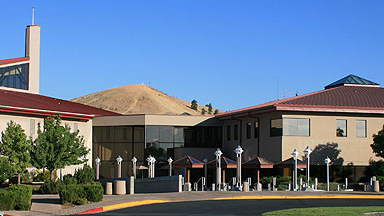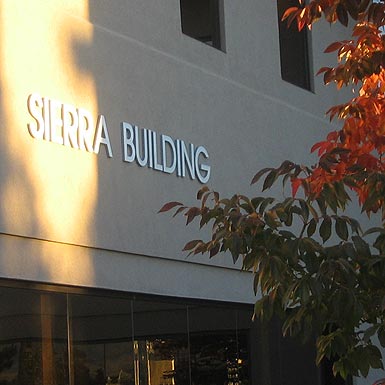Visual communications has fallen under many different names over the years, including commercial art, graphic design, advertising design, magazine and newspaper layout, paste up and production, printing, graphic arts and graphic communications. The bottom line is if you want to learn how to create, produce and reproduce visual graphics that communicate to an audience, then graphic communications is for you. TMCC's graphic communications program teaches the theories and applications necessary to get a job in this exciting field.
And, with the development of Web site design, multimedia/digital video production, interactivity 2D and 3D animation, the program has grown to include many of these areas called digital media. The program uses the most popular graphics software, including InDesign, Illustrator, Photoshop, Acrobat, Dreamweaver, Fireworks, Flash, Final Cut, Lightwave and Swift 3D software. Our computer labs are equipped with the latest PowerMac G5 and Mac Duo Intel computers with support scanners, black and white and color printers, and a complete prepress/print shop facility.

Competency-based Program
You, as a learner, are the most important part of instruction. In performance-based instruction, we carefully identify what you need to be able to do as a result of an instructional experience. Next, we determine how you can show that you have learned these skills. Finally, we plan learning activities that will help you develop those necessary skills.
Performance-based Instruction
1. What you will learn is based on the skills you will need rather than on outlines of information.
2. You can plan how to invest your time and energy. To help you do that, we tell you right up front what you will learn, how we expect you to show when you have learned, and how you may go about learning.
3. You know the standards for evaluation before the performance test. You earn a grade according to how well you perform the skills rather than according to how well others in the class perform. You are not graded on a curve.
4. You are actively involved in the learning. We design learning activities and assignments that teach you to solve problems and to learn on your own.
5. When you complete a learning experience, you have documentation showing the skills you have learned. You can use this information when you seek employment, admission to further education, advanced standing or transfer of credit.
